Fall is the time to plant milkweed
In the mid to late fall the milkweed pods rend their hearts wide open, spilling feather-soft seed carriers into the wind.
Earlier today, when I was out walking our dog Bonnie, I noticed those white, fluffy bits of fuzz hovered everywhere in our midst—silky wisps swirling and bobbing above our heads. Bonnie tried to catch them, taking great bounding leaps and biting the air. But the more she chased, the more she disturbed the invisible current of air underneath and the higher the seed cluster lifted into the sky.
Learning from Bonnie’s mistake, I stood very still and let one of those flying seeds drift right out of the sky and into my hand. I looked at it closely. In my hand was a tiny brown seed buried by a crown of silky hairs. I could see how the silky threads act as miniature parachutes when the wind lifts them. These soft halos allow the wind to carry the seed as far or as close as it will. That seed was created to lift into the sky—perfectly designed so that an invisible current can take it anywhere.
We had our first hard frost this week here in West Virginia and I have spent the better part of the morning cutting back the perennials that succumbed, pulling up what’s left of my peppers and squash, picking kale for a batch of zuppa Toscana to warm the cold days to come. I haven’t seen a monarch butterfly for weeks, but I am already thinking about ways to welcome them back in the spring. The milkweed parachutes remind me I am late in gathering and planting their seeds this year.
Have you ever had the chance to look inside a milkweed pod? Not only in flight, but also at rest, the milkweed is a thing of wonder. The way the seeds are lined up in neat rows when they are within the pod—like the feathers of a bird—makes me wonder at the order that can sometimes be found in nature. Attached to each seed is a fine strand of white flossy material. Everything fits perfectly together. And when the time is just right, this floss expands, causing the pod to burst and allow the wind to disperse the seeds.
The milkweed is in the genus Asclepias, named after the Greek god of healing. It was named thus because of the many folk remedies it has been used for in the past. The milky white sap used to be applied topically to remove warts, and the roots were chewed to cure dysentery. Infusions of the roots and leaves were taken to suppress coughs and used to treat typhus fever and asthma.
Through the years, science has found more effective ways to treat the ailments milkweed once served, but it has one important use that remains: milkweed is the host plant for the larvae of the monarch butterfly. Declining monarch populations have been found to be, in large part, related to the loss of milkweed. Therefore, one of the best things we can do to help our monarch populations rebound is to plant and maintain milkweed patches.
Harvesting and planting milkweed is trickier than one might think. I found this out the hard way one year when I tried to grow milkweed from seed using traditional methods of germination. I kept my seeds moist and warm in a greenhouse-like environment and was surprised when nothing sprouted. I later learned this is because milkweed requires what is called cold stratification. This means that, to germinate, milkweed seeds require a period of exposure to cold temperatures before responding to the warm temperatures of spring. There are ways to artificially create cold stratification using your refrigerator, but Mother Nature will do this naturally if you plant your seeds in the fall. However, most successful plantings are started indoors, probably because conditions are better controlled.
If you’ve joined us here at Tweetspeak in taking the Pollinator Pledge, I hope you’ve planted or plan to plant some milkweed this year. Whether you plant in the spring or the fall, we wanted to highlight some resources that may be helpful.
Just remember what our friendly West Virginia extension agent Sheldon Owen told my class of master naturalists. When planting pollinator plants, Sheldon says, be patient, because
The first year they sleep
The second year they creep
The third year they leap
It takes time and patience to grow milkweed, just as it does to catch those windblown seeds. Standing still and waiting can be the hardest part, but in the spring, when the monarchs return, the wait will be well worth it.
Helpful milkweed resources:
Here is an easy guide to harvesting your native milkweed seeds and here is a guide to planting.
This video demonstrates an easy way to remove milkweed seeds from a ripe pod.
Here’s another method with some extra tips on the readiness of the seeds to be planted.
If (like me) you’ve waited too long and the milkweed in your area has already popped open, this video shows a couple methods to make sorting the seeds from the silk easier. This would be a fun way to get children involved in the process.
And here is a video that walks you through the cold stratification process using refrigeration.
Photos and post by Laura Boggess, author of Mildred’s Garden, Waiting for Neruda’s Memoirs and serial novel The Honey Field. Photos used with permission.
- Year of the Monarch—A Visit to Craik-Patton House - September 18, 2024
- Year of the Monarch: Butterfly Dreams - March 20, 2024
- Year of the Monarch: Harvesting and Planting Milkweed Seeds - November 15, 2023
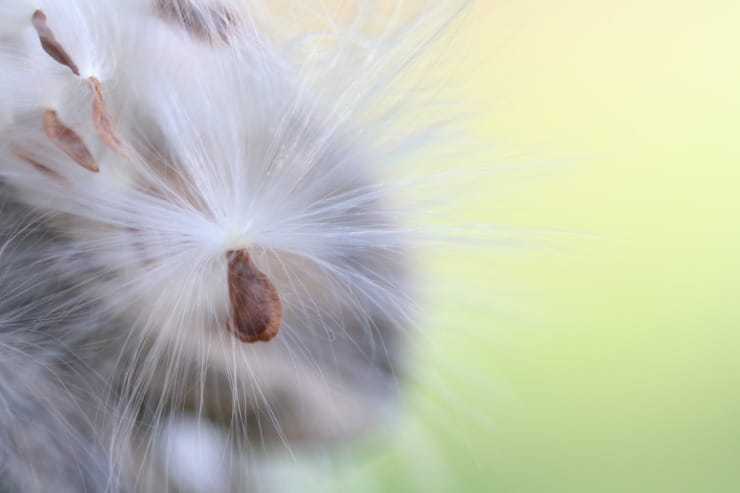
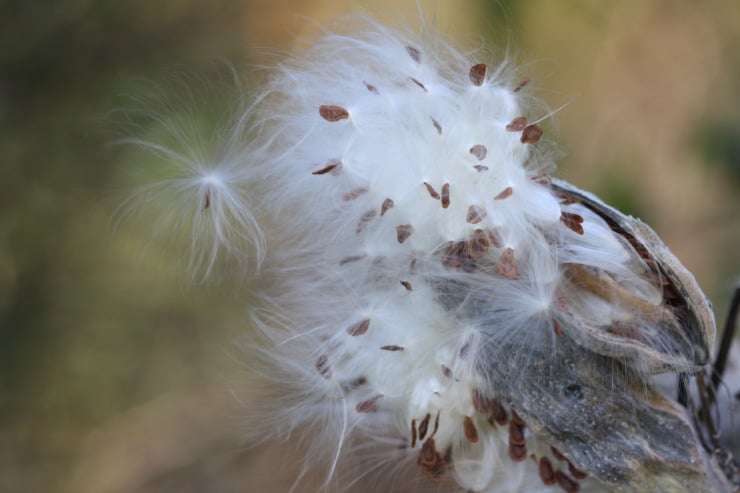
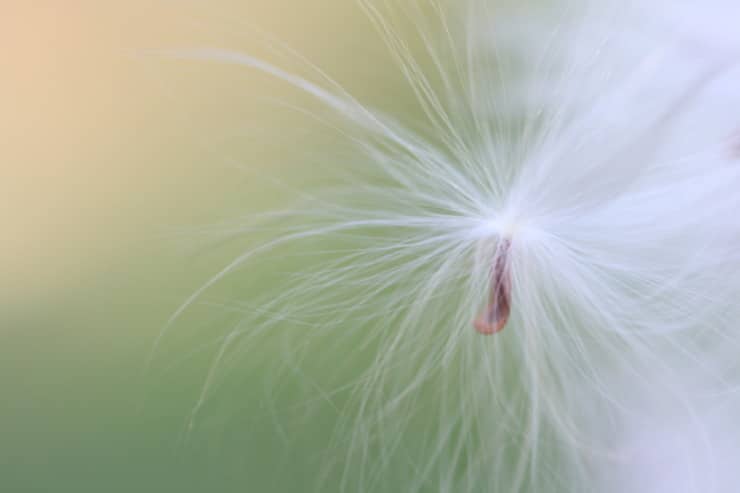
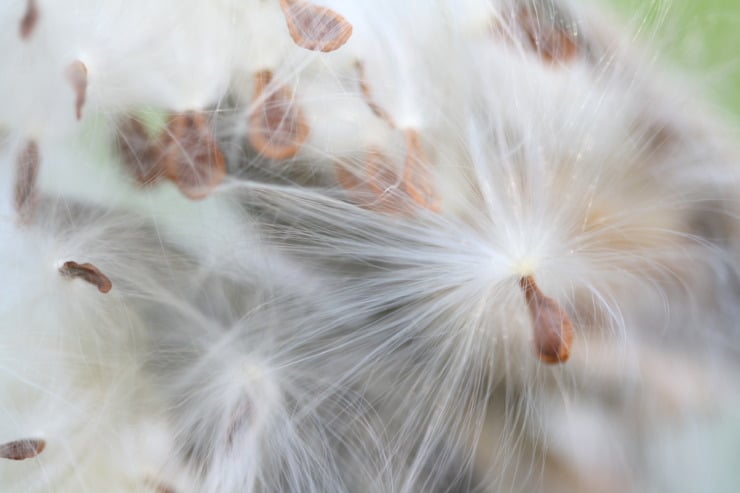
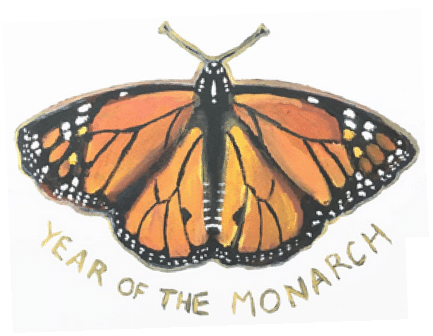
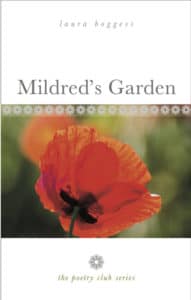
L.L. Barkat says
“I stood very still and let one of those flying seeds drift right out of the sky and into my hand.”
That is a beautiful scene (and a profound way of being).
Also, I loved learning about how milkweed has been used medicinally. I did not know that! 🙂
I bought my seeds from Prairie Moon nurseries. Now, to plant them. And, if that doesn’t work, I’ll be off to get live plants in spring.
Thanks for all the resources, and for the beauty of your vision, Laura 🙂